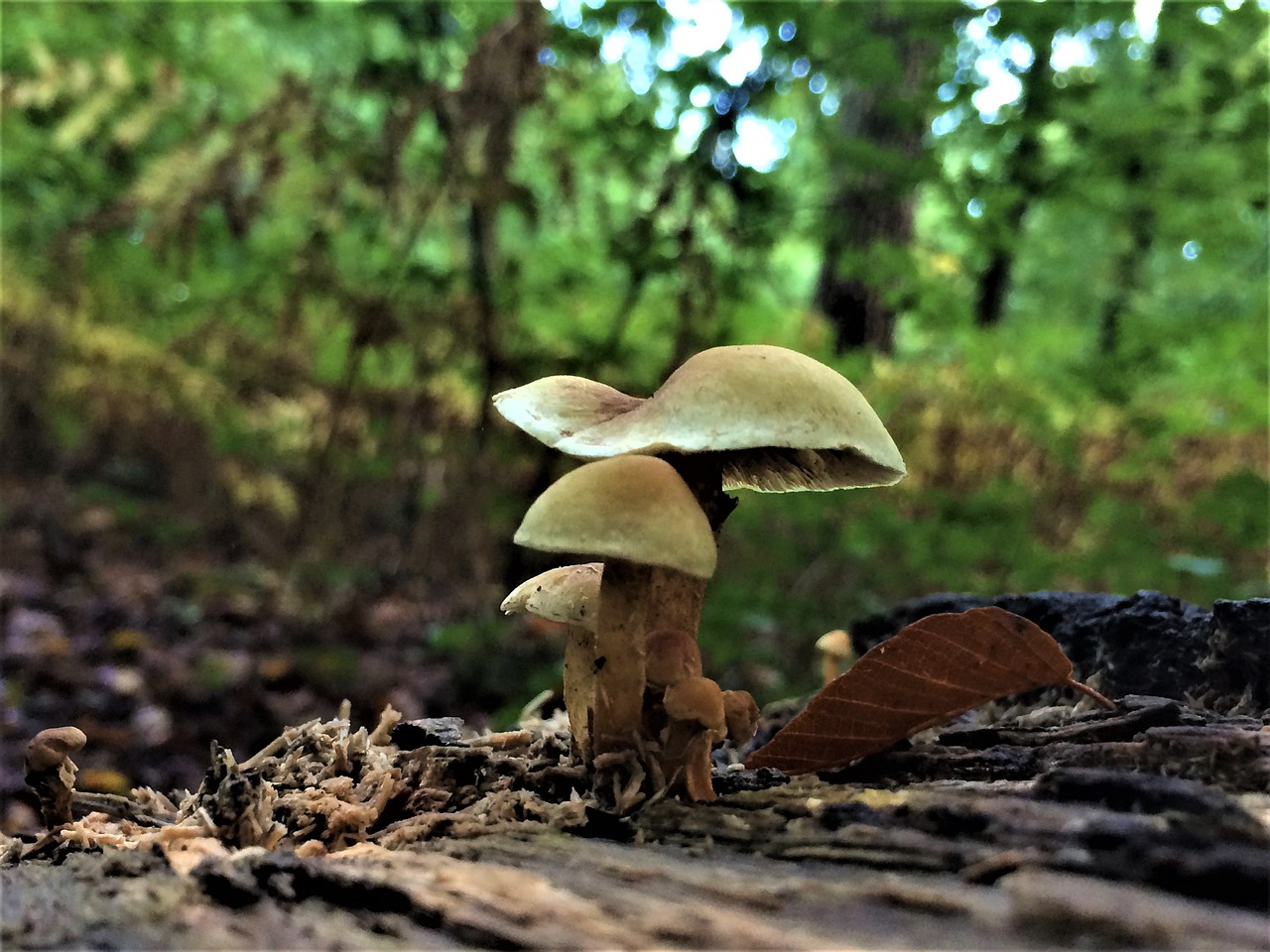Welcome to our latest blog post dedicated to all beekeeping enthusiasts. Whether you’re a seasoned pro or just starting out, it’s crucial to prioritize safety when tending to your buzzing buddies. In this article, we’ll delve into essential tips and best practices that will help keep you safe and sound while maintaining your beehives. So, grab your protective gear, and let’s dive in.
Wear Protective Gear
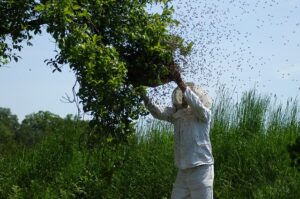 When it comes to beekeeping, suiting up in the right gear is non-negotiable. Bees may seem friendly, but they’ll defend their hive if they feel threatened. Start with a sturdy bee suit that covers your entire body, including a veil to protect your face and head from stings. Don’t forget thick gloves to shield your hands – trust me, you don’t want any unexpected pricks! Investing in a pair of quality boots will also prevent any unwelcome visitors from climbing up your pant legs.
When it comes to beekeeping, suiting up in the right gear is non-negotiable. Bees may seem friendly, but they’ll defend their hive if they feel threatened. Start with a sturdy bee suit that covers your entire body, including a veil to protect your face and head from stings. Don’t forget thick gloves to shield your hands – trust me, you don’t want any unexpected pricks! Investing in a pair of quality boots will also prevent any unwelcome visitors from climbing up your pant legs.
And lastly, make sure your clothing is light-colored and smooth; bees are attracted to dark colors and textures that resemble predators. It would be best if you learned about beekeeping tools to keep them safe.
Work Calmly and Slowly
When it comes to beekeeping, one of the key safety tips is to work calmly and slowly. Bees are highly attuned to movement and react based on how you approach them. Therefore, rushing or making sudden movements can agitate them. Approach your beehive with a relaxed demeanor, moving smoothly and deliberately. Avoid sudden jerky motions or loud noises that could startle the bees. Remember, they are just going about their daily business in the hive. By working slowly and methodically, you not only reduce the risk of disturbing the bees but also minimize your chances of getting stung. Take your time inspecting the hive, handling frames, or harvesting honey – there’s no need to rush through it.
Use Some Smoke
When it comes to beekeeping, one essential tool that can help create a safer environment for both you and the bees is the use of smoke. Smoke is used to calm bees during inspections by masking their alarm pheromones, making them less likely to sting in defense. It’s important to use smoke correctly; too much can agitate the bees, while too little may not have the desired calming effect. Before opening up a hive, puff some cool smoke around the entrance and wait a few moments for it to take effect. As you go through your inspection, continue using gentle puffs of smoke as needed to keep the bees relaxed. Remember that smoking should be done judiciously and with respect for these fascinating creatures. Bees play a crucial role in our ecosystem, so handling them with care and consideration is key for both their well-being and yours.
Learn to Recognize Warning Signs
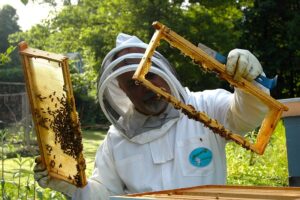 When it comes to beekeeping, being able to recognize warning signs is crucial for your safety and the well-being of your bees. One key indicator is if you notice an increase in aggressive behavior from the bees. This could be a sign that they feel threatened or agitated. Another warning sign to look out for is if you see dead bees near the hive entrance. This could indicate that there may be a problem within the colony, such as disease or pests.
When it comes to beekeeping, being able to recognize warning signs is crucial for your safety and the well-being of your bees. One key indicator is if you notice an increase in aggressive behavior from the bees. This could be a sign that they feel threatened or agitated. Another warning sign to look out for is if you see dead bees near the hive entrance. This could indicate that there may be a problem within the colony, such as disease or pests.
Additionally, if you observe any unusual buzzing sounds or sudden changes in bee activity, it’s essential to take note and investigate further. Changes in the appearance of your bees can also be a red flag. Remember, safety should always be your top priority when beekeeping. By following these safety tips and best practices, you can enjoy this rewarding hobby while keeping yourself protected from potential risks. Always wear the necessary protective gear, work calmly and slowly around the bees, use smoke to keep them calm, and learn to recognize warning signs of aggression or distress in the hive. With these precautions in place, you can create a safe environment for both yourself and your buzzing companions. Happy beekeeping.…

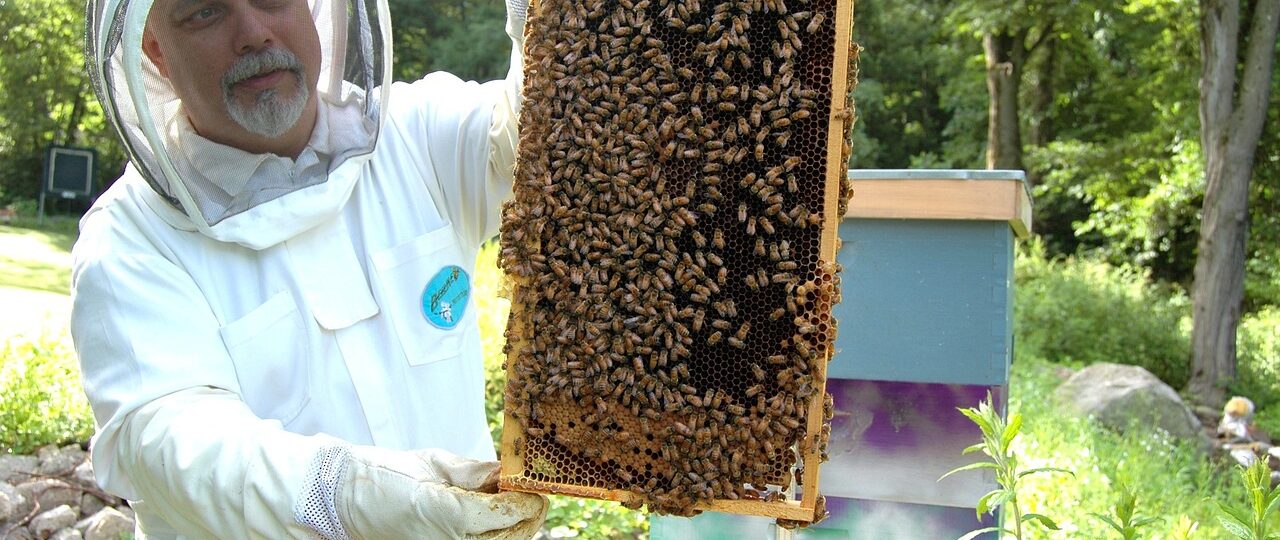
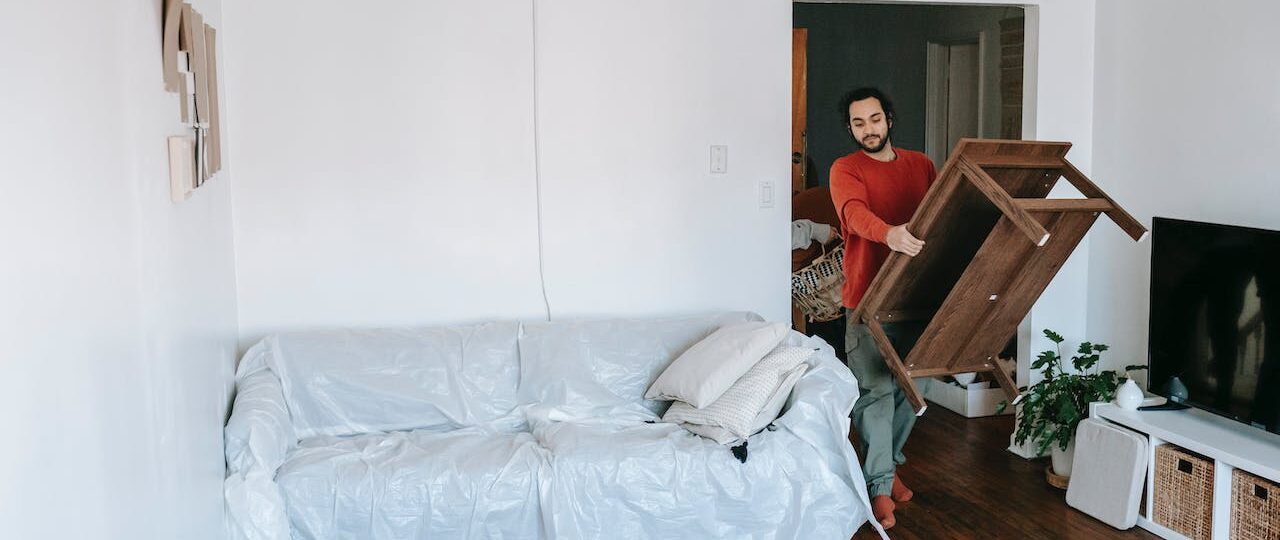
 Residential removal services begin by conducting a thorough consultation to gather information about your specific moving requirements. They will assess the size of your home, the number of items to be moved, and any special considerations, such as fragile or valuable belongings. This initial planning stage allows removal experts to develop a customized moving plan tailored to your needs, ensuring a smooth and efficient process.
Residential removal services begin by conducting a thorough consultation to gather information about your specific moving requirements. They will assess the size of your home, the number of items to be moved, and any special considerations, such as fragile or valuable belongings. This initial planning stage allows removal experts to develop a customized moving plan tailored to your needs, ensuring a smooth and efficient process.
 Day trading is a popular forex strategy that involves opening and closing positions within the same day. Day traders aim to capitalize on small price movements by buying and selling multiple times during the day. This approach requires in-depth market analysis, tight risk management, and quick decision-making skills. One advantage of day trading is that it allows traders to avoid overnight exposure to market risks.
Day trading is a popular forex strategy that involves opening and closing positions within the same day. Day traders aim to capitalize on small price movements by buying and selling multiple times during the day. This approach requires in-depth market analysis, tight risk management, and quick decision-making skills. One advantage of day trading is that it allows traders to avoid overnight exposure to market risks. Position trading is a long-term strategy that involves holding positions for weeks, months, or even years. It’s ideal for traders who have busy schedules and can’t actively monitor their trades daily. This strategy focuses on macroeconomic factors such as interest rates, political events, and economic data releases. Unlike day trading or scalping, where traders make quick decisions based on short-term price fluctuations, position traders take a more relaxed approach to the market.
Position trading is a long-term strategy that involves holding positions for weeks, months, or even years. It’s ideal for traders who have busy schedules and can’t actively monitor their trades daily. This strategy focuses on macroeconomic factors such as interest rates, political events, and economic data releases. Unlike day trading or scalping, where traders make quick decisions based on short-term price fluctuations, position traders take a more relaxed approach to the market.


 When it comes to maternity photography, having the right gear can make a big difference. Investing in quality lenses and camera accessories will ensure you get crystal-clear photos with beautiful depth of field. Consider adding some soft lighting, like a ring light or natural window light, to your set-up as well. Such tools will help bring an extra layer of beauty and atmosphere to your photos. When it comes to your camera, use it to capture the genuine emotion of your maternity session.
When it comes to maternity photography, having the right gear can make a big difference. Investing in quality lenses and camera accessories will ensure you get crystal-clear photos with beautiful depth of field. Consider adding some soft lighting, like a ring light or natural window light, to your set-up as well. Such tools will help bring an extra layer of beauty and atmosphere to your photos. When it comes to your camera, use it to capture the genuine emotion of your maternity session.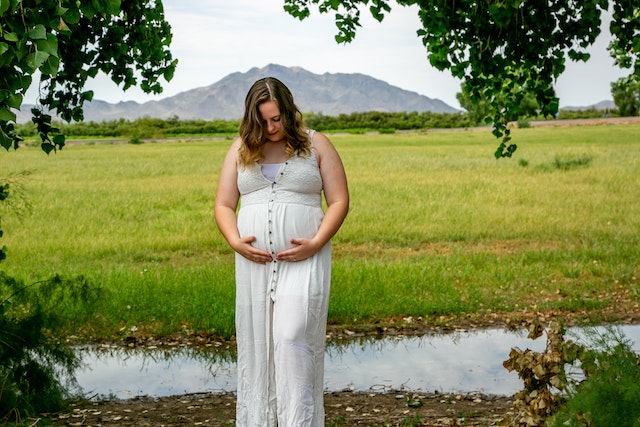
 Your
Your 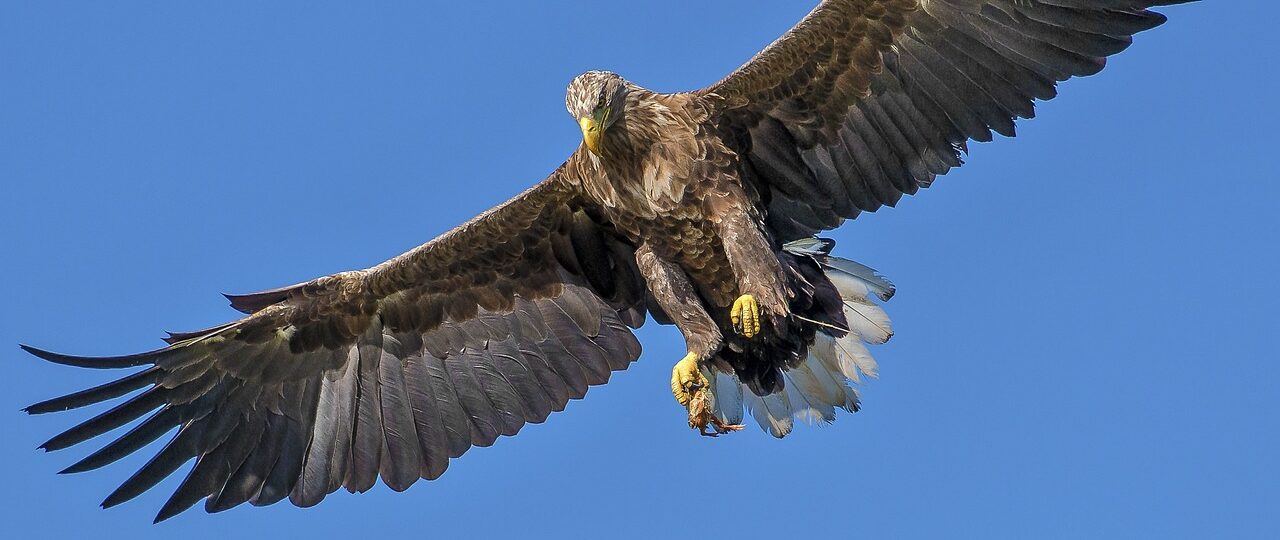
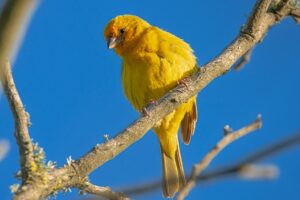
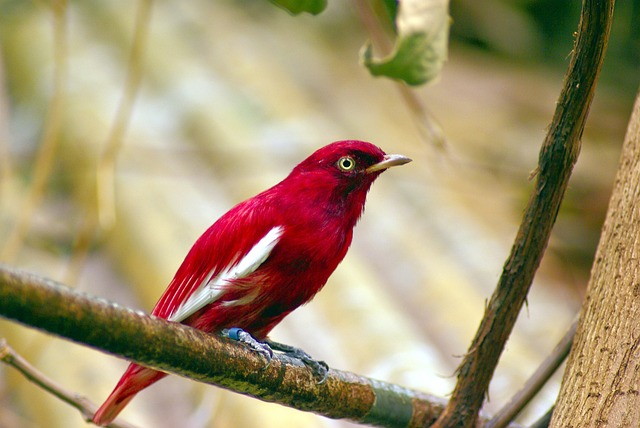
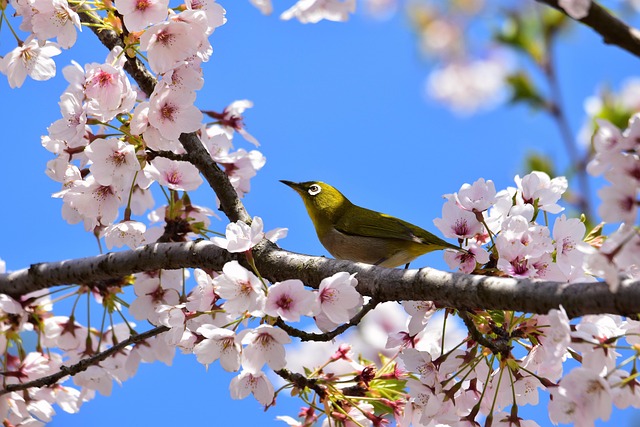
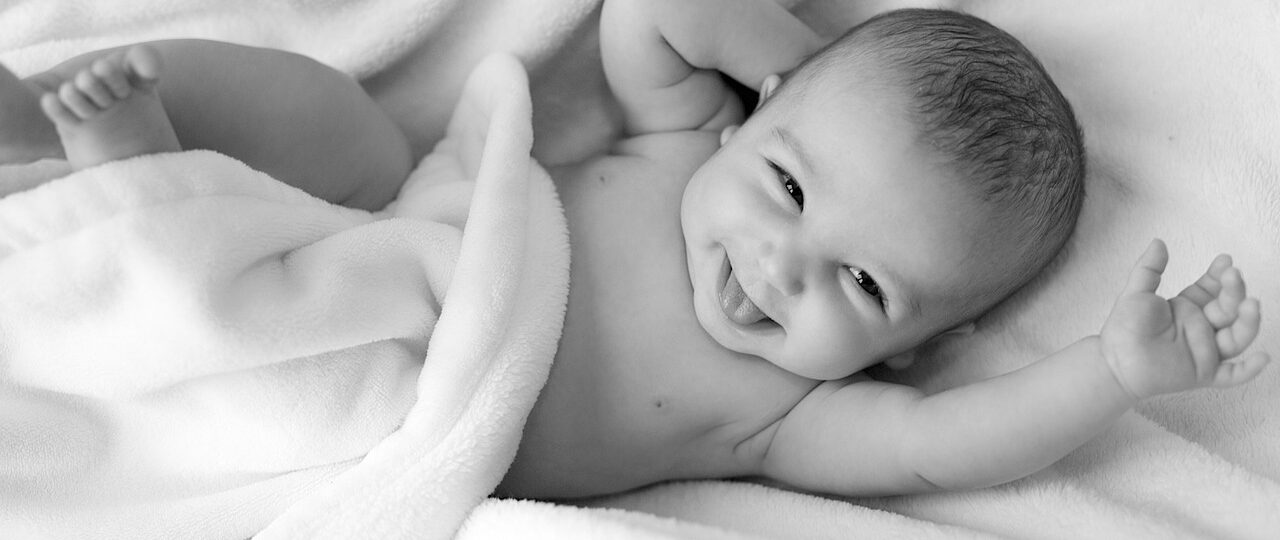
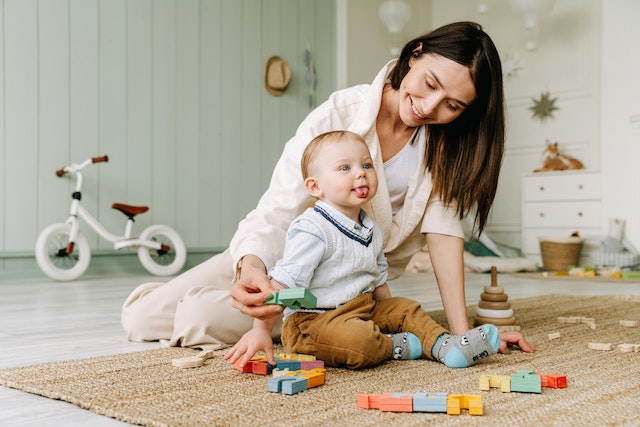


 One of the best tips for adjusting to clear aligners is to wear them as often as possible. Clear aligners are designed to be worn for 20-22 hours a day, and the more you wear them, the faster your
One of the best tips for adjusting to clear aligners is to wear them as often as possible. Clear aligners are designed to be worn for 20-22 hours a day, and the more you wear them, the faster your  Proper dental hygiene is critical when using clear aligners. Make sure you brush and floss your teeth after every meal, and use an antibacterial mouthwash if possible. Additionally, clean your aligners daily with a specially formulated cleaning solution or mild soap and water. This will help reduce bacteria or plaque buildup on your aligners and teeth, ensuring a safe and successful treatment process.
Proper dental hygiene is critical when using clear aligners. Make sure you brush and floss your teeth after every meal, and use an antibacterial mouthwash if possible. Additionally, clean your aligners daily with a specially formulated cleaning solution or mild soap and water. This will help reduce bacteria or plaque buildup on your aligners and teeth, ensuring a safe and successful treatment process.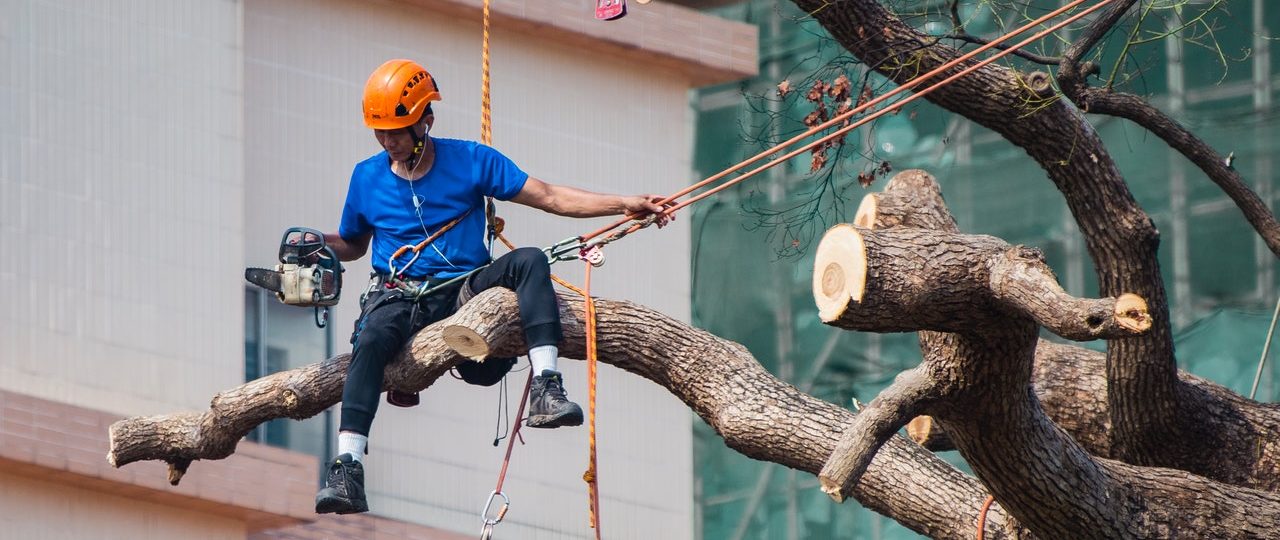
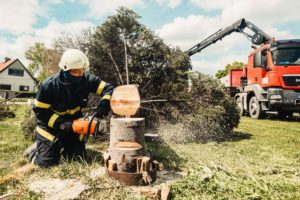 The most obvious reason to hire a tree removal service is to prevent injury. If you have a large tree on your property, it is only a matter of time before it falls and injures someone. In fact, even small trees can be dangerous if they are not properly taken care of. Tree removal services have the experience and equipment necessary to remove trees safely, so you don’t have to worry about anyone getting hurt. Many cases have been recorded in which people have died because they were trying to remove a tree themselves.
The most obvious reason to hire a tree removal service is to prevent injury. If you have a large tree on your property, it is only a matter of time before it falls and injures someone. In fact, even small trees can be dangerous if they are not properly taken care of. Tree removal services have the experience and equipment necessary to remove trees safely, so you don’t have to worry about anyone getting hurt. Many cases have been recorded in which people have died because they were trying to remove a tree themselves.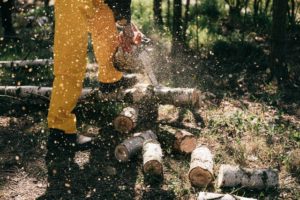 Trees can also cause a lot of damage to your property if they are not removed properly. For instance, if a tree falls on your house, it could cause serious structural damage. Tree removal services know how to remove trees without causing any damage to your property, so you don’t have to worry about anything getting ruined in the process. There have been cases where this actually happened, and the homeowner had to spend money to repair the damage.
Trees can also cause a lot of damage to your property if they are not removed properly. For instance, if a tree falls on your house, it could cause serious structural damage. Tree removal services know how to remove trees without causing any damage to your property, so you don’t have to worry about anything getting ruined in the process. There have been cases where this actually happened, and the homeowner had to spend money to repair the damage.
 One of the most popular home customizations right now is installing shiplap. This type of wood paneling gives your home a rustic look. It can be used on walls, ceilings, and even fireplaces. If you’re thinking about adding shiplap to your home, you should keep a few things in mind. One is that shiplap can be expensive. You’ll also need to ensure your walls are strong enough to support the weight of the panels.
One of the most popular home customizations right now is installing shiplap. This type of wood paneling gives your home a rustic look. It can be used on walls, ceilings, and even fireplaces. If you’re thinking about adding shiplap to your home, you should keep a few things in mind. One is that shiplap can be expensive. You’ll also need to ensure your walls are strong enough to support the weight of the panels. Many homeowners are looking to add a little bit of nature into their homes these days, and succulents are the perfect way to do that. These low-maintenance plants come in all sorts of shapes and sizes and can be used to create unique and stylish centerpieces, bouquets, and more. One trend that we love is using succulents to create living walls. This can be done by mounting small pots of succulents onto a wall in your home using adhesive hooks or nails.
Many homeowners are looking to add a little bit of nature into their homes these days, and succulents are the perfect way to do that. These low-maintenance plants come in all sorts of shapes and sizes and can be used to create unique and stylish centerpieces, bouquets, and more. One trend that we love is using succulents to create living walls. This can be done by mounting small pots of succulents onto a wall in your home using adhesive hooks or nails.
 The first benefit of using an android keylogger is that it makes monitoring easier. This is why many parents choose to purchase android keyloggers for their children’s phones. With an Android Keylogger, you can see exactly what your child is doing on their phone at all times. You will be able to read every text message they send and receive as well as monitor which websites they’re visiting online.
The first benefit of using an android keylogger is that it makes monitoring easier. This is why many parents choose to purchase android keyloggers for their children’s phones. With an Android Keylogger, you can see exactly what your child is doing on their phone at all times. You will be able to read every text message they send and receive as well as monitor which websites they’re visiting online. Another benefit of using an android keylogger is that it can be used to track lost or stolen phones. While having an android keylogger installed on your phone doesn’t guarantee that it will never be lost or stolen, it makes recovering it much easier. With an android keylogger, you will be able to see your phone’s location at all times and track its movements. You can also remotely access all of the data on your phone if necessary.
Another benefit of using an android keylogger is that it can be used to track lost or stolen phones. While having an android keylogger installed on your phone doesn’t guarantee that it will never be lost or stolen, it makes recovering it much easier. With an android keylogger, you will be able to see your phone’s location at all times and track its movements. You can also remotely access all of the data on your phone if necessary.